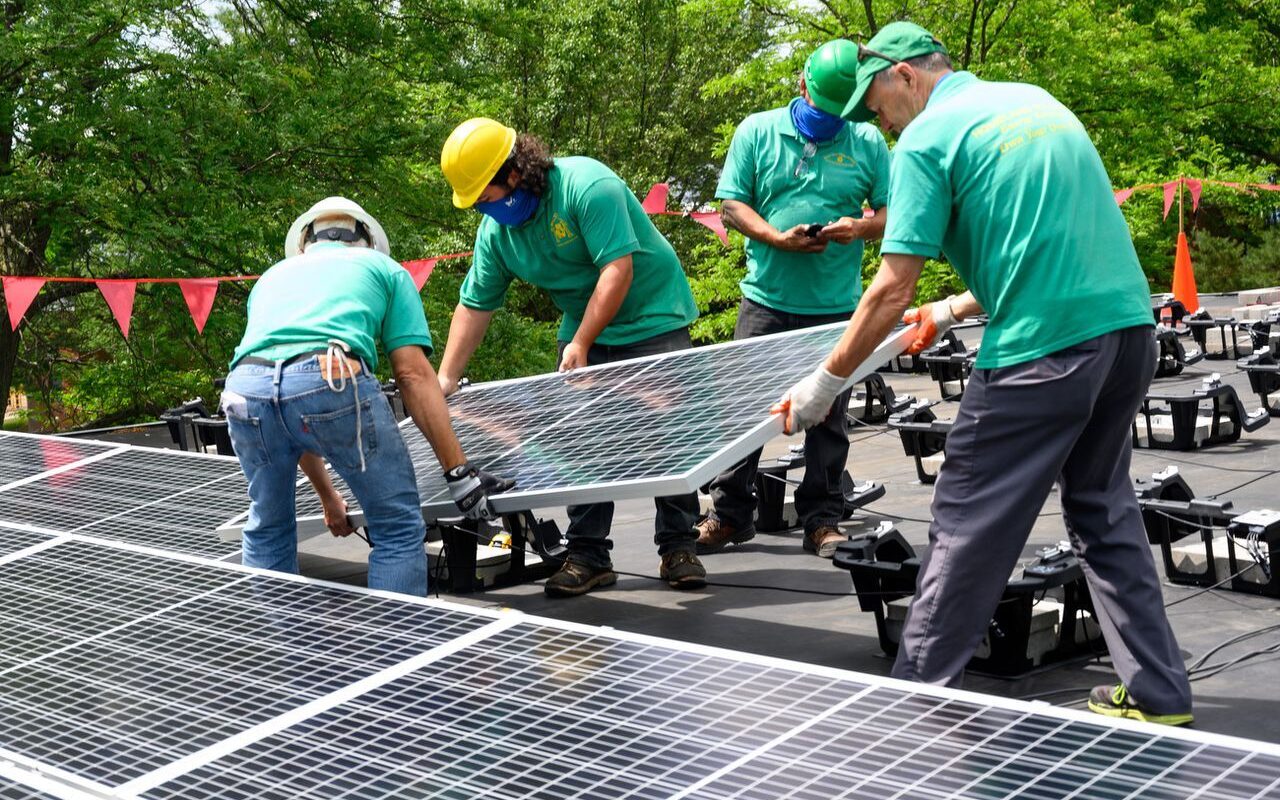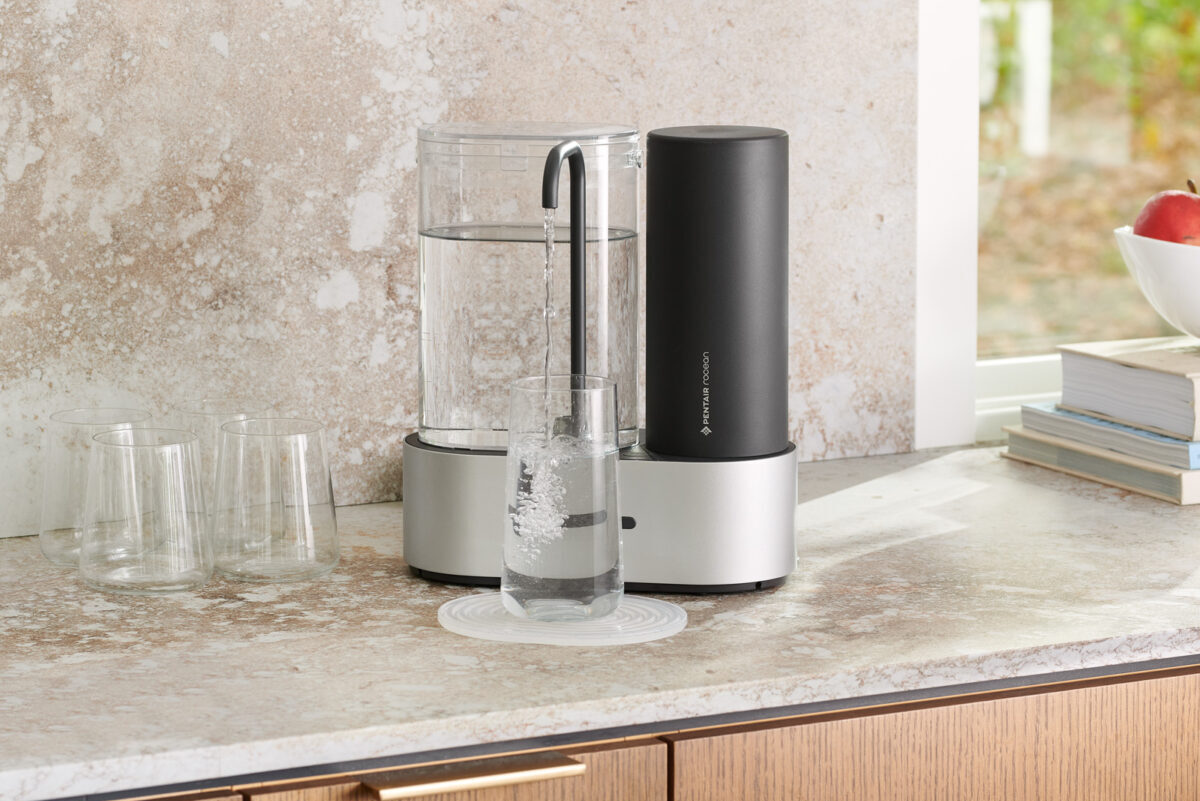Understanding Energy Efficiency Guidelines

The green revolution is having an impact on all sectors, including the construction industry. To mitigate negative economic and environmental repercussions, regions create energy efficiency guidelines.
On the other hand, homeowners can review existing regulations to increase the efficiency ratings of their homes. Improving the sustainability of your property may improve its value while decreasing its carbon footprint.
The Transformation of Energy Efficiency Guidelines
Since the green revolution, large nations have adopted energy efficiency guidelines. The United States, for example, formed the EPCA, which launched severe building and appliance requirements.
To cut carbon emissions, energy researchers developed efficiency regulations. Society became anxious about pollution and the ozone hole in the 1960s. Professionals traced the negative environmental effects back to coal and oil.
Governments worldwide are now focusing on construction and appliance emissions to boost conservation efforts. Approximately 80% of the world’s energy supply is derived from emission-producing energy sources. Reducing the reliance of buildings and equipment on fossil fuels contributes to international sustainability initiatives.
Construction and Appliance Requirements

The Department of Energy oversees energy use in houses and appliances differently. The overall energy use of a home determines its efficiency rating. The DOE found that a 130 index is considered normal for most households.
Residential energy ratings consider temperature control equipment, fixtures, appliances, lighting, and other factors. Efficiency professionals use HERS to evaluate a building’s overall efficiency index. Lower scores are more energy-efficient than higher grades.
The Energy Star mark is the highest efficiency label for appliances. There is a separate scale for rating appliance efficiency. Understanding the various product information can help people enhance the overall efficiency of their houses.
Labels for Energy Efficiency
Understanding universal energy rating systems is critical for reducing the carbon footprint of your home and property.
Some towns in the United States require high-efficiency appliances in residential structures. The government regulates Energy Star ratings, and the certification includes ratings for appliances and constructions.
Homes that have received energy efficiency certification consume around 10% less energy than ordinary ones. Those who use Energy Star appliances consume up to 30% less energy than those who use other goods on the market
The EU also has an equipment energy labeling scheme in place. The best performance rating is an A, while the worst is a G. The EU has added a “+” scale to its grading system, indicating further reduced electricity consumption.



